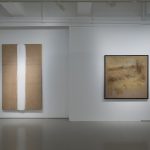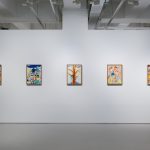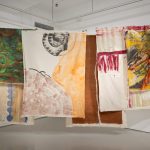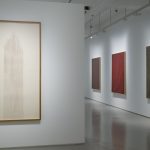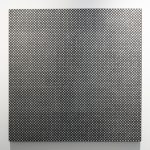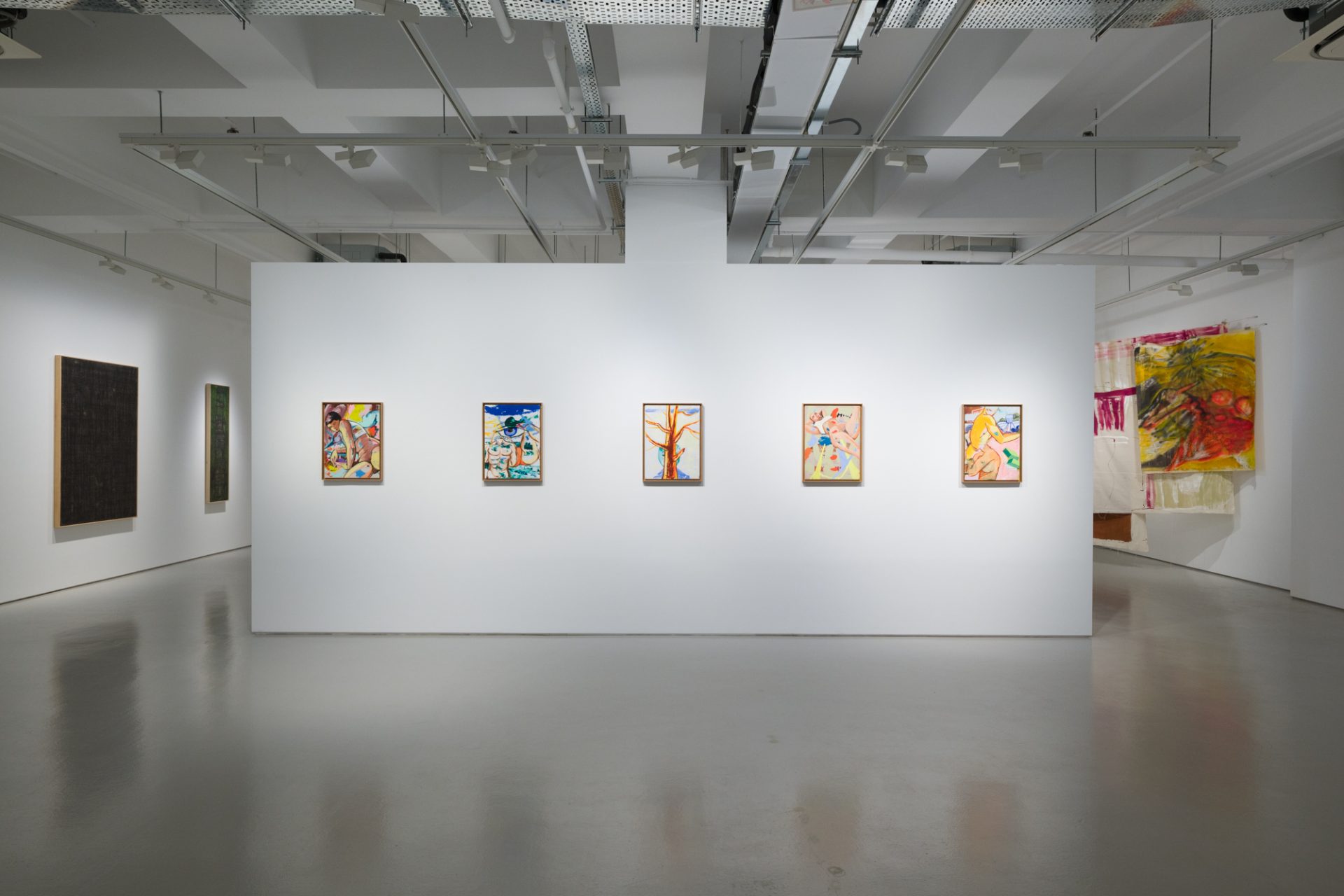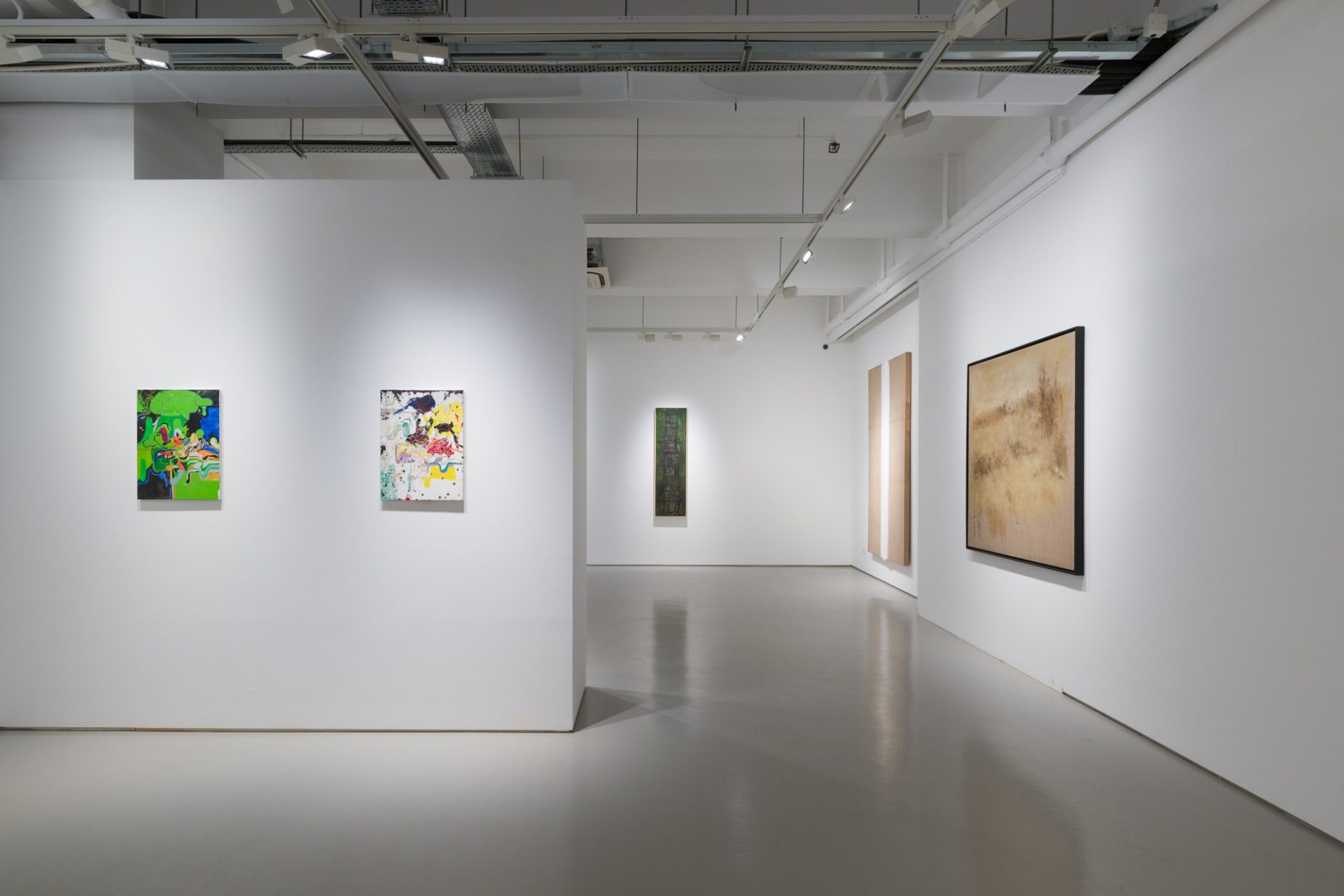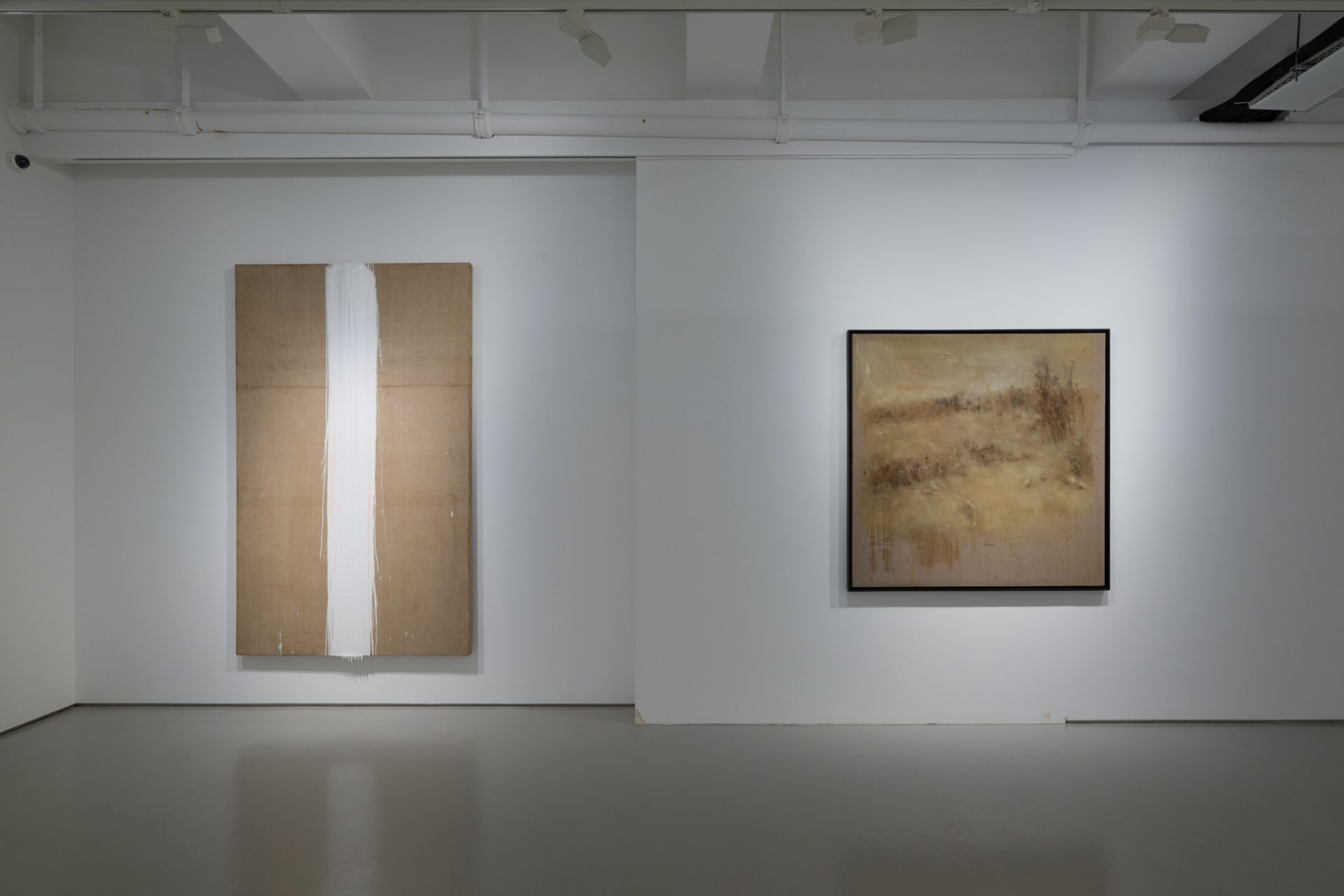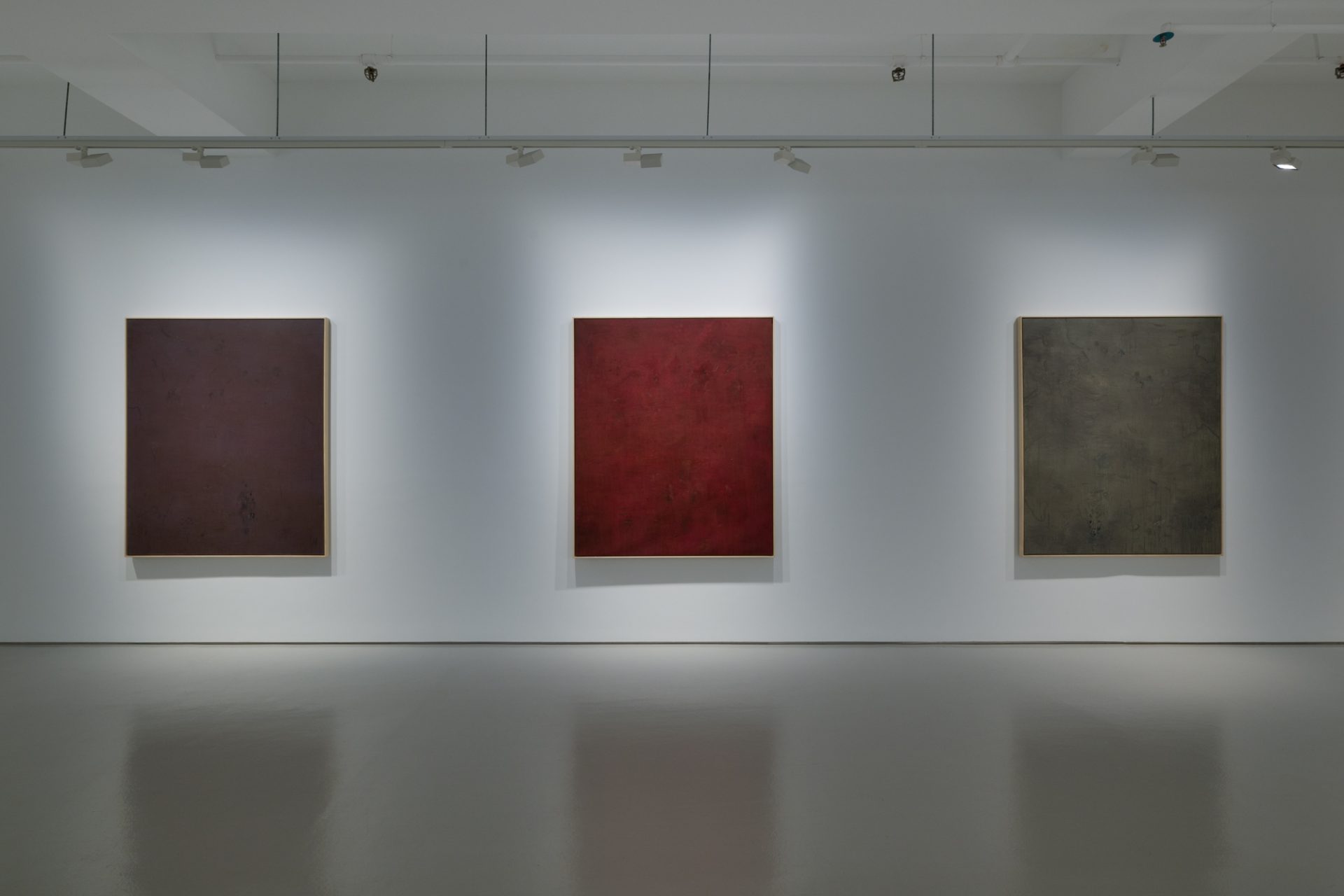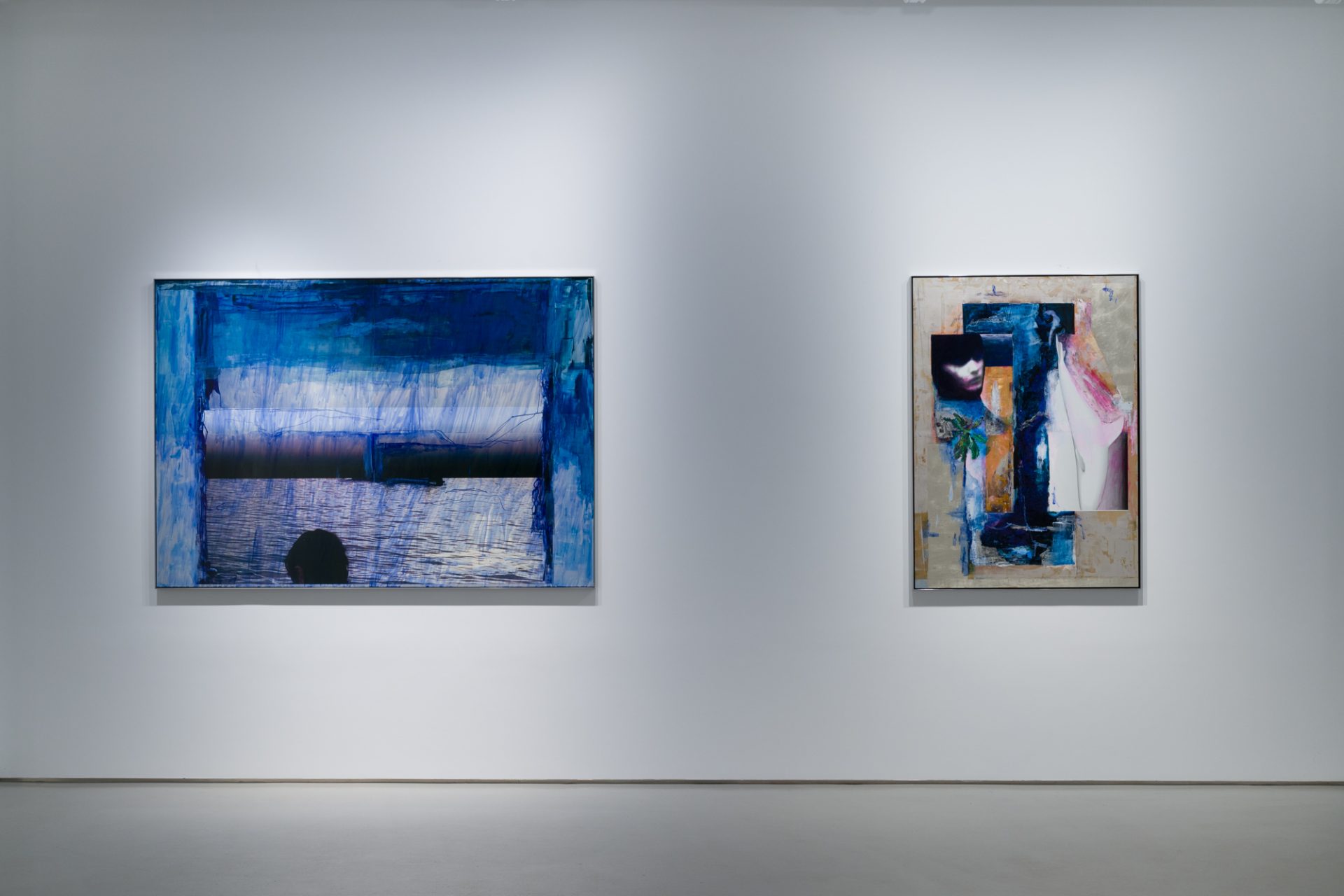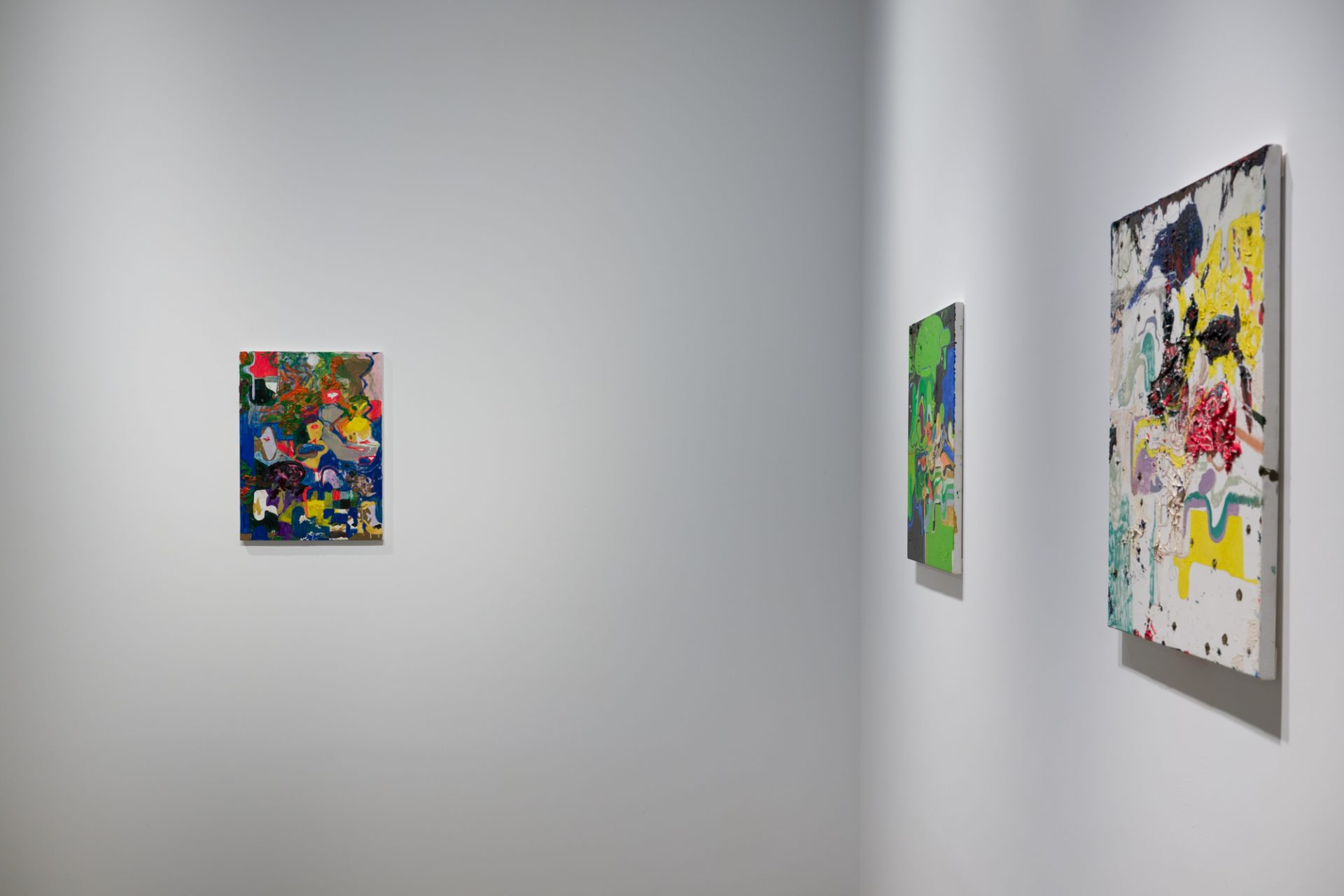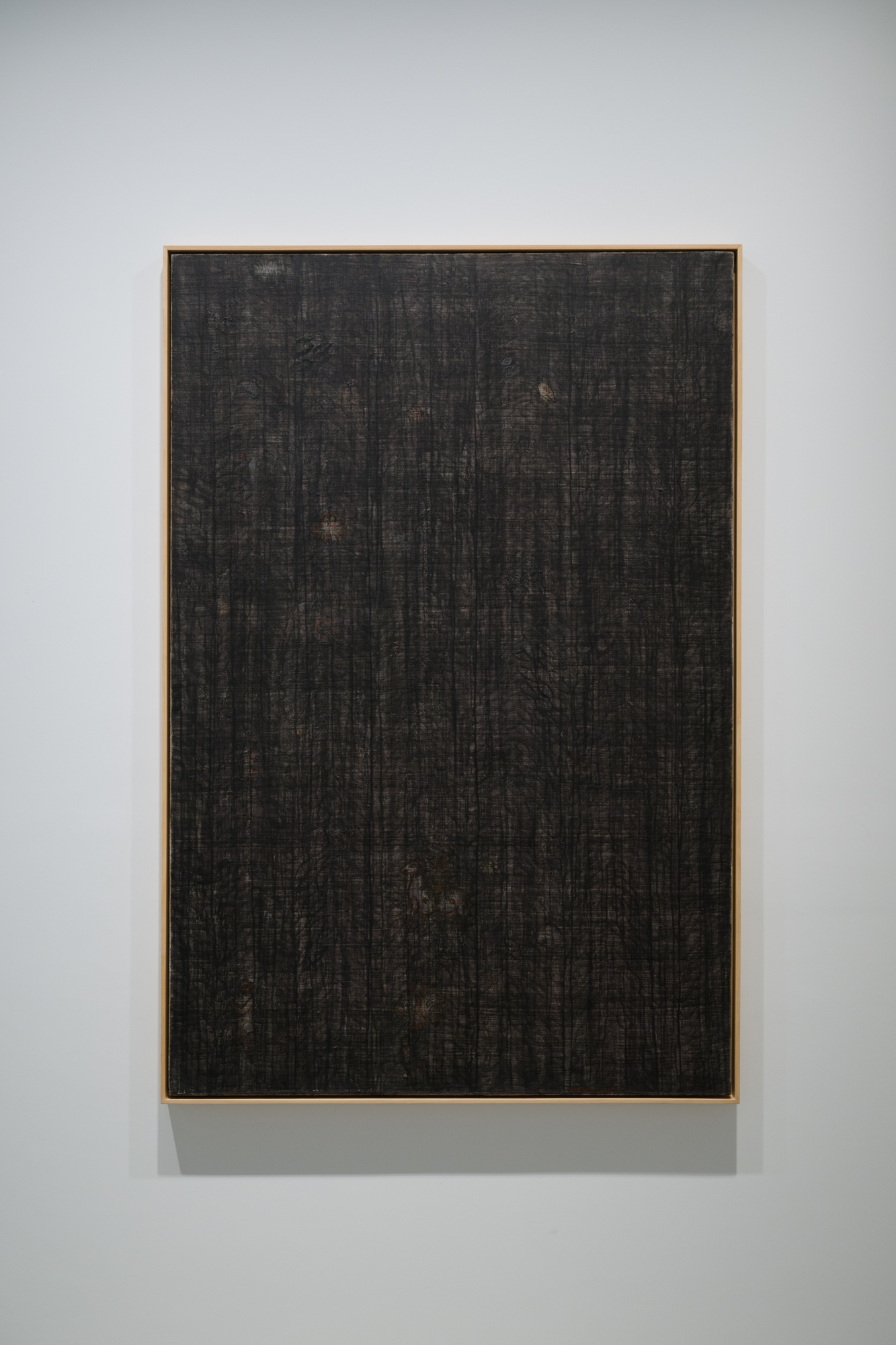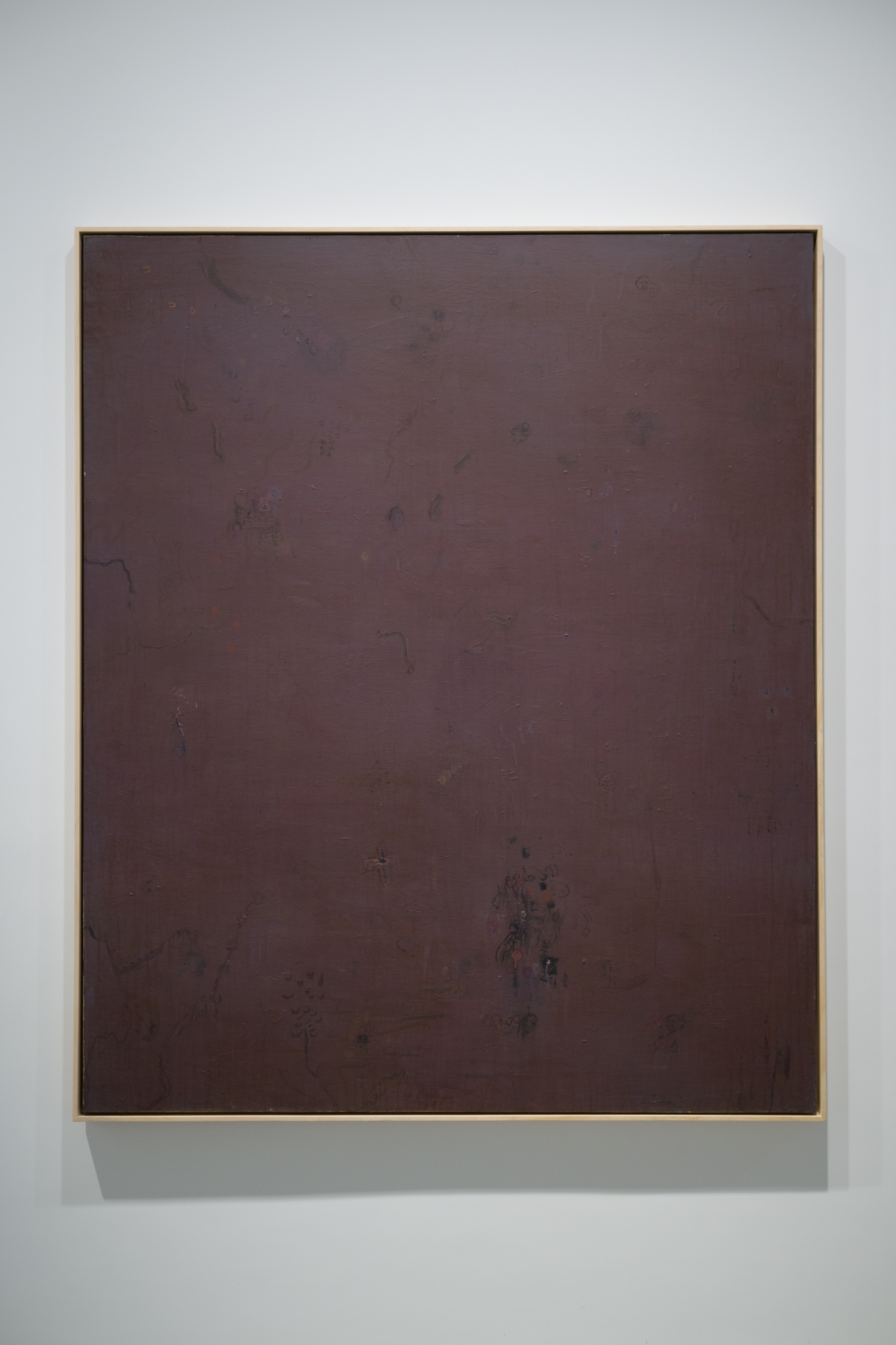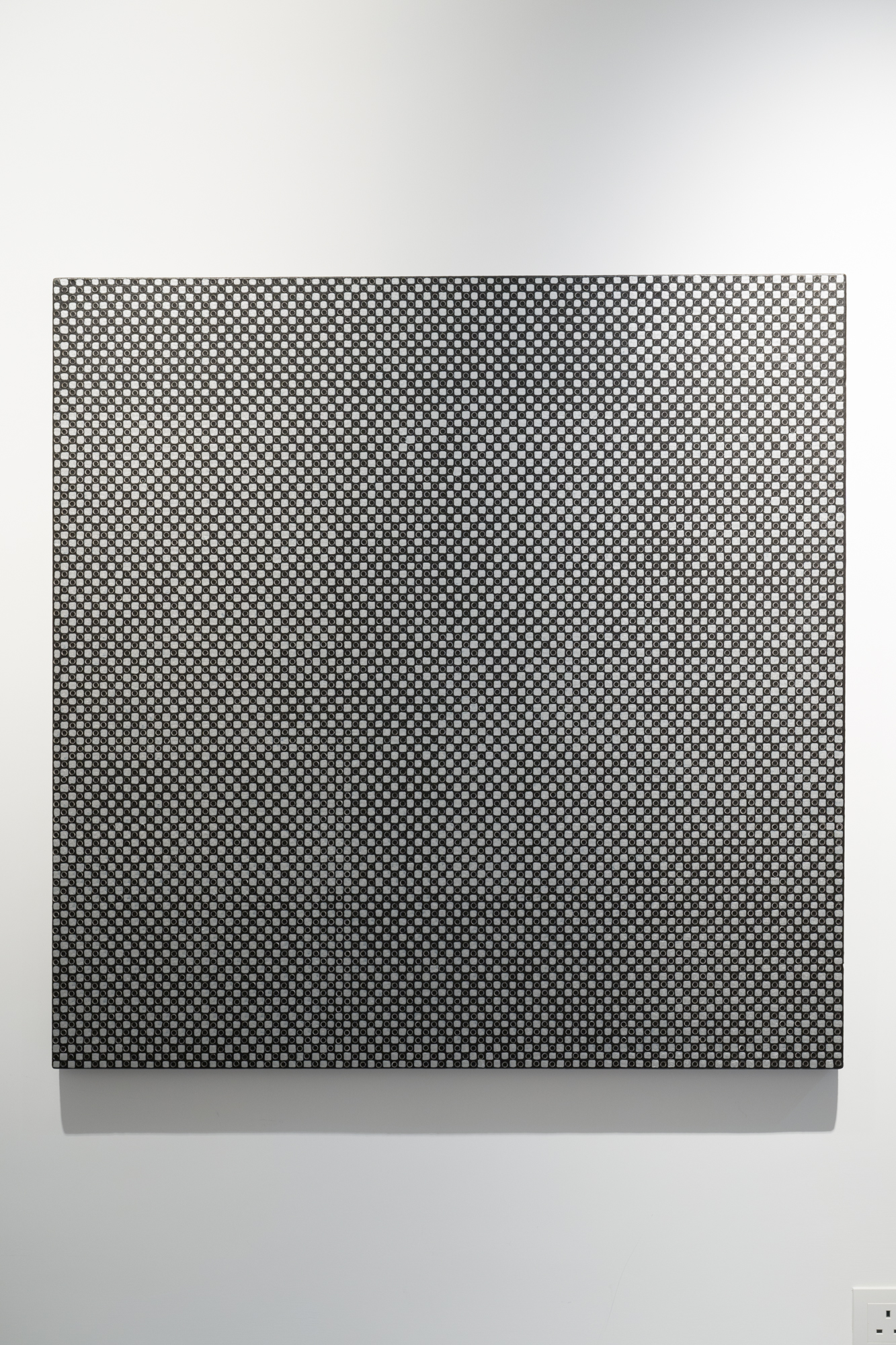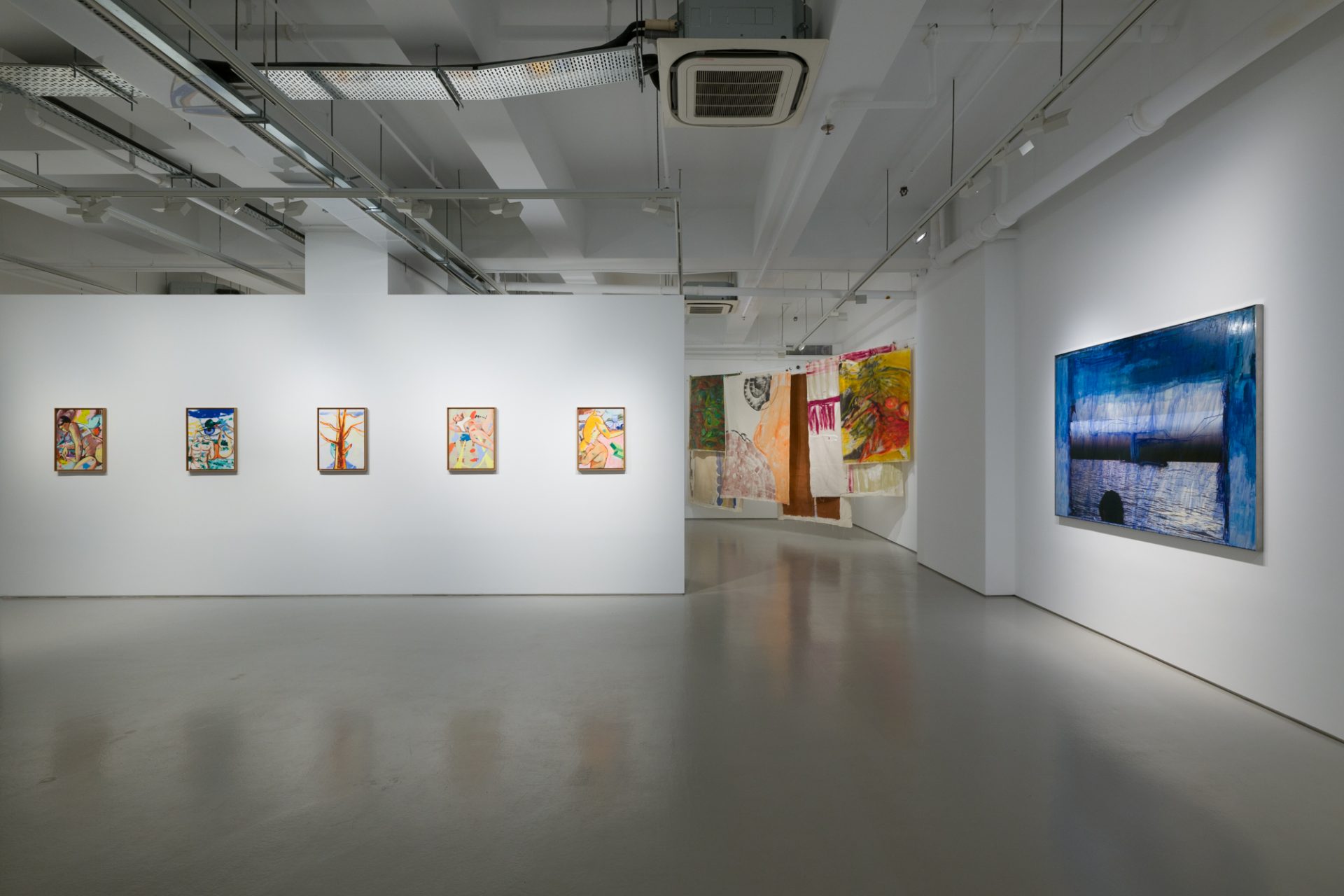Boundless
Gladstone Gallery & AYE Gallery
2024.03.26 – 2024.03.30
Press Release
It is with great pleasure that AYE Gallery announces the commencement of its annual popup exhibition, Boundless, in collaboration with Gladstone Gallery. This group exhibition will run concurrently with the Art Basel Hong Kong 2024, where the respective booths of both galleries will be showcased in parallel with one another. Boundless features works by Gladstone artists Andro Wekua, David Salle, Michael Williams, and Vivian Suter, alongside AYE’s very own Chen Yufan, Liu Wei, Wang Yabin, and Wang Yuping.
Many art critics often focus on identifying similarities in painting styles across various artists and schools of art. However, it’s equally crucial to delve into the fundamental essence of painting, encapsulated within the work’s materiality. Oil, acrylic, crayons, and pencils stand as some of the most frequently employed mediums and each of these materials offer distinct characteristics that an artist can harness to craft particular visual effects and convey specific messages. The texture, opacity, and color palette of a painting are all profoundly influenced by the choice of pigment and the technique employed in its application onto the canvas. By comprehending and experimenting with these material qualities, artists can produce works of art that not only reflect their personal style, but also engage with the extensive history and broader tradition of painting as a medium of artistic expression.
When examining the artistic styles and materiality of the artists, intriguing parallels emerge. Vivian Suter and Wang Yabin both display a penchant for unconventional workspaces and embrace a life of seclusion. Suter immerses herself amid a rainforest, while Wang Yabin’s studio finds its home nestled within the mountains. Wang Yuping and David Salle both use their art form to explore human emotions and societal influences. Wang Yuping focuses on capturing the warmth of human touch, while David Salle uses a broad range of media images. Chen Yufan and Andro Wekua both touched upon the concept of loss and displacement to express their ideas and emotions in a stoic way. Undoubtedly, the divergent lifestyles of the artists have left indelible marks on their arts and have captured the zeitgeist and contemporaneity of our generation.
Vivian Suter’s creations are displayed in layers on a hanging mechanism, rather than as individual canvases. Her style embodies a blend of gesture and chance. Her works are characterized by their large-scale format, vibrant colors, and abstract compositions that resist narrative interpretation. Suter’s process involves exposing her paintings to the elements of her natural surroundings in Panajachel, Guatemala, where she lives and works. She allows the rain, wind, and sunlight to interact with the canvases, producing a range of unpredictable effects that she then builds upon with her expressive brushwork. This interplay between intention and chance underscores Suter’s commitment to a form of painting that is both intuitive and collaborative with nature. Her works are a testament to the possibilities of painting as a means of engaging with the world in all its complexity and beauty.
Wang Yabin has been noted for his exceptional ability to convey narrative elements in his paintings. The distinctive cracked fresco texture evident in the painting imbues the artwork with a sense of temporal depth. This effect can be interpreted as a visual metaphor for the emotions conveyed in Rabbit Slope(Undated) and Forest King(2006), which seem to radiate from their immediate surroundings and become solidified within the canvas. The three-pieced Pagoda series features a limited color palette of earthy, low-saturated colors commonly seen in ancient Chinese aesthetics. This conscious artistic decision creates a sense of coherence in the artwork, emphasizing an organic connection to the natural world.
David Salle masterfully weaves together popular imagery with direct observation and art historical references to craft a distinctive visual vocabulary in his paintings. Highly attuned to the pulse of contemporary culture, Salle navigates realms of fashion, politics, history, and mass media within his compositions. He uses images that are strongly influenced by film and television to explore the impact of media on our generation. Through meticulous attention to color, line, shape, and texture, Salle probes the profound impact of media on modern society. He often repurposes previous works through cropping, resizing, reprinting, and layering existing images to create new ones. This process melds the past, present, and future and explores the inescapable reciprocity of image and pure painting.
Wang Yuping, a former faculty and alumni at the Central Academy of Fine Arts, had found his joy roaming the hutongs of Beijing sketching old haunts or his immediate surroundings. Two of his recent oil pastel works, Handbag(2023) and Red Shoes(2023), portray an intimate portrait of a vintage item–be it a household appliance or knickknack–atop a dated chair in a similar way a flower vase is on a pedestal. Both paintings convey the warmth of the human touch, with only a few carefully selected, melancholic colors, contrary to his usual signature pastel colors.
Liu Wei gradually shifted his focus to abstract landscapes, after an early phase of Cynical Realism, which was imbued with political metaphors and social criticism. Landscape(2002), is an early example of the series. The canvas was dappled with dots and dimly colored, as if a muddy rainstorm had just ravaged it, transforming it into a decaying landscape. From 2010 on, Liu Wei started experimenting with traditional ink and wash, creating a series of scroll paintings with hidden figures, texts, and skeletons sketched with exquisite lines using a carving technique that originated from the artist’s academic background in printmaking.
Michael Williams’s style is distinguished by his approach to combining elements of figuration and representation. His works often feature fragmented images rendered in bold, gestural brushstrokes, creating a sense of movement and energy within the composition. Williams’s vivid, tonal color variations further enhance the dynamic quality of his paintings. His works are highly textured, with layers of paint that create a sense of depth and physicality. Williams’s paintings can be seen as a response to contemporaneity, with themes that touch on issues of technology, pop culture, and the environment.
Chen Yufan’s installation paintings reflect the aftermath of an overheated housing bubble. Artist residences, situated in and further gentrified suburban areas, had been targeted by real estate developers and were facing constant pressure to relocate. Chen Yufan uses materials scavenged from the wreckage of his old studio or the remodeling of his ancestral home, which ultimately redefines concepts related to his Mulanxi project, with themes revolving around the search for roots, home, bloodline, and cultural identity.
Andro Wekua’s style blends figuration and abstraction with elements of collage and assemblage. His works often feature fragmented and distorted figures and landscapes, rendered in muted colors that convey a sense of melancholy and nostalgia. Wekua’s paintings are often accompanied by installations that incorporate sculpture, video, and sound, creating immersive environments that blur the boundaries between different media. His paintings explore themes of bereavement, war and loneliness.
In essence, Boundless, reflects the artists’ shared commitment to breakingbarriers and pushing beyond conventional boundaries, in pursuit of new forms of expression and meaning. By delving into these fundamentals of painting and experimenting with the materiality of their forms, the artists featured in Boundless challenge our perceptions of what is possible within the realm of contemporary art. It’s an embodiment of Jung’s theory of the collective unconscious–a psychological inheritance that encompasses all shared knowledge and experiences of humans as a species.
Click to download






